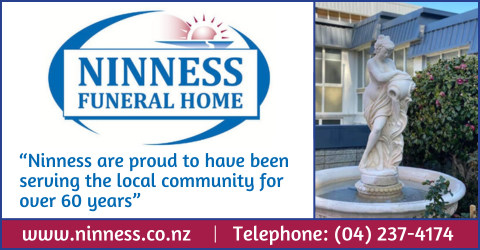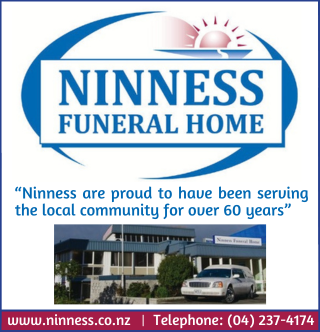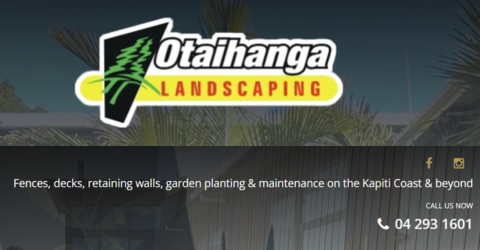An application for reform of local authorities in the wider Wellington Region has been received by the Local Government Commission.
The Commission’s Chief Executive Officer Donald Riezebos was today handed a reorganisation application by Fran Wilde, Chair of the Greater Wellington Regional Council (GWRC).
The Commission received a related application from three Wairarapa District Councils on 22 May. Those councils proposed changes to their structure and powers with the formation of a unitary authority which would assume the responsibilities of the GWRC in the Wairarapa area.
Mr Riezebos said the Commission had deferred some decisions on the Wairarapa application until it received the GWRC document.
“The Commission has been waiting for the Regional Council application in order to consider the reorganisation of Wairarapa and Wellington councils alongside each other, in the same process and timeframe”, Mr Riezebos said.
“It makes more sense for the Commission, local authorities, ratepayers, residents and affected groups to know they are dealing with one process. The Commission will make this as efficient and straightforward as possible for all parties. There will be opportunities for public involvement at several steps along the way.”
Mr Riezebos said the Commission will now carry out a preliminary assessment of the GWRC application to ensure it meets legislative requirements. “The Commission anticipates being able to consider issuing a formal public notice and to call for alternative applications within the next month.”
Mr Riezebos stressed an alternative application is not the same as a public submission.
“The call for alternative applications is not an opportunity for individuals or groups to make a submission that merely argues for the status quo. An alternative application is expected to propose changes or improvements to local authority structures and to demonstrate the benefits and efficiencies of such change.”
Alternative applications will be considered along with the original reorganisation applications and alongside the status quo.
The delivery of the GWRC application means the Local Government Commission is now considering reorganisation applications affecting the wider Northland, Hawke’s Bay and Wellington regions. The affected areas involve 22 local authorities and an estimated population of more than 786,000 people.
Background
The next stages of the process are as follows (legislative terms in bold):
In any event, no change would be made before the next local authority elections in October 2013. Guidelines on the reorganisation process are available at www.lgc.govt.nz
There are five unitary authorities in New Zealand: Auckland, Gisborne, Marlborough, Nelson and Tasman. Auckland is the most recent council to combine the two levels of local authority functions. The others became unitary authorities at varying times: Gisborne 1989; and Marlborough, Nelson and Tasman in 1992. The Chatham Islands Council also effectively operates as a unitary authority, as it is not within a region.
All other local authorities in the country work under a two tier framework of regional and district councils which have separate regulatory and planning responsibilities.



























